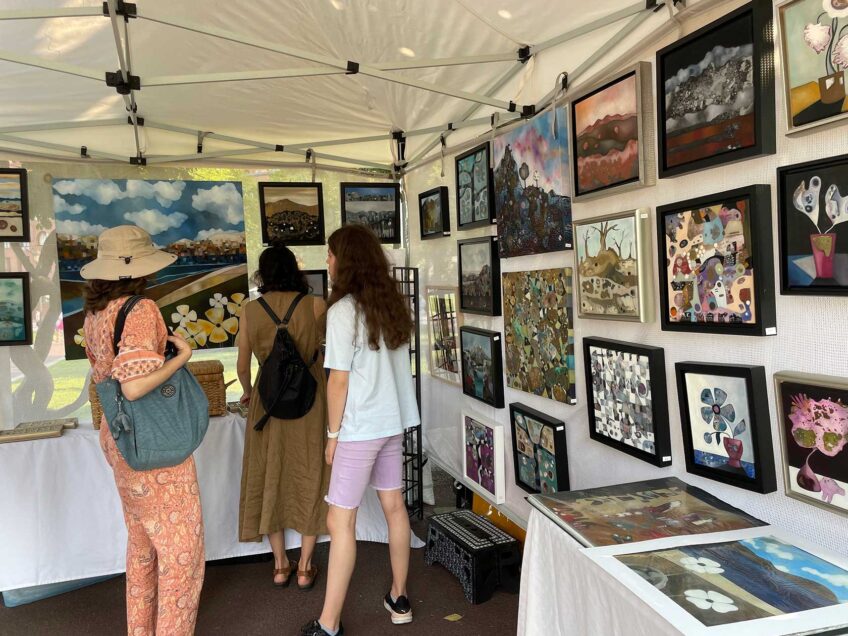MIT exhibit ‘Colored People Time’ dives into centuries of racial discourse

“Colored People Time: Mundane Futures, Quotidian Pasts, Banal Presents,” running at the MIT List Visual Art Center through April 12, explores the history of slavery and colonialism in the United States and the way it continues to impact the lives of black Americans in a modern world.
The show comes to MIT from the Institute of Contemporary Art in Philadelphia, where Associate Curator Meg Onli put it together. “‘CPT’ builds on my ongoing curatorial investigation of how black Americans use language as a tool to navigate a society marked by inequality and racism,” says Onli. “The title of the exhibition is drawn from the vernacular phrase ‘colored people’s time,’ which is simultaneously perceived as a joke within the black community and as a performance that allows an individual to exist within a temporality created by themselves.”
The show is divided into three sections and three spaces, but the Pasts, Presents and Futures demarcations operate in conversation with each other, connecting historical objects to contemporary discussions and activating each space with the interplay between all three eras. For example, in the Mundane Futures gallery, historic issues of “The Black Panther” newspaper call for free and accessible healthcare and solidarity between oppressed people, issues still very much on today’s political agenda.
These periodicals sit next to Aria Dean’s “Notes on Blacceleration,” which is presented both in its original form as a Skype video lecture and in its later form as a written essay. The lecture explores overlay between the black radical tradition and the idea of accelerationism, which posits that the only way to incite revolt against capitalism is to accelerate and exacerbate its conditions. Nearby on the floor sit copies of the 1899 novel “Imperium in Imperio: A Study of the Negro Race Problem” by Sutton E. Griggs. All of these conversations together illustrate what has changed in the fight against oppression, what hasn’t, and what perhaps should change.
In the Banal Presents gallery, Sable Elyse Smith depicts objects found in prison visitation rooms in both sculpture, with “Pivot I,” and screen printing ink and oil stick on paper, with “Coloring Book 33.” These pieces are not only a commentary on the prison-industrial complex but on the damaging effect these institutions have on the children who are forced into contact with them.
“Colored People Time” shapes centuries of racial discourse into three small galleries and an expertly curated selection of work. It’s a show that warrants endless visits and rumination. The MIT List Visual Arts Center has compiled a helpful reading list for visitors to further explore the ideas broached in the show. The list is available on the List Center website, and several of the resources can be found within the exhibition. Whether visitors delve into these ideas before, during or after the show, “Colored People Time” incites a vital dialogue about race in America.








